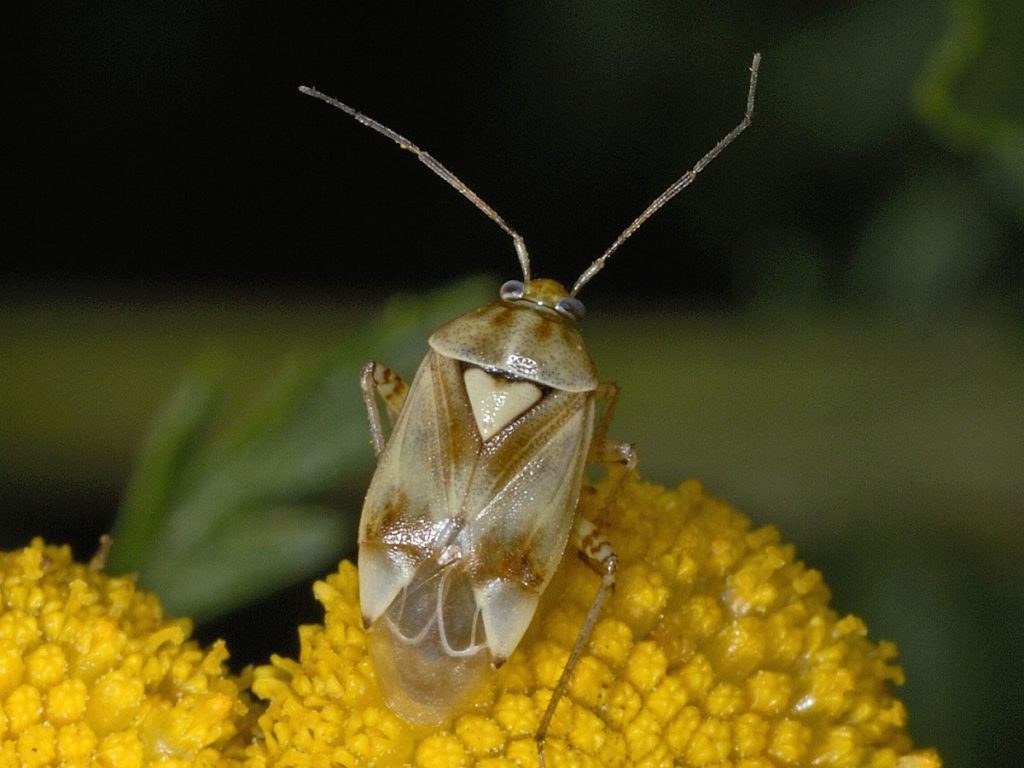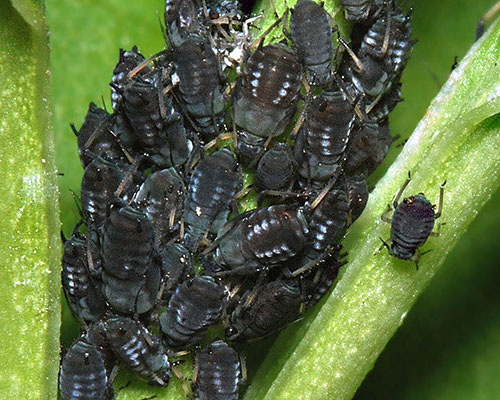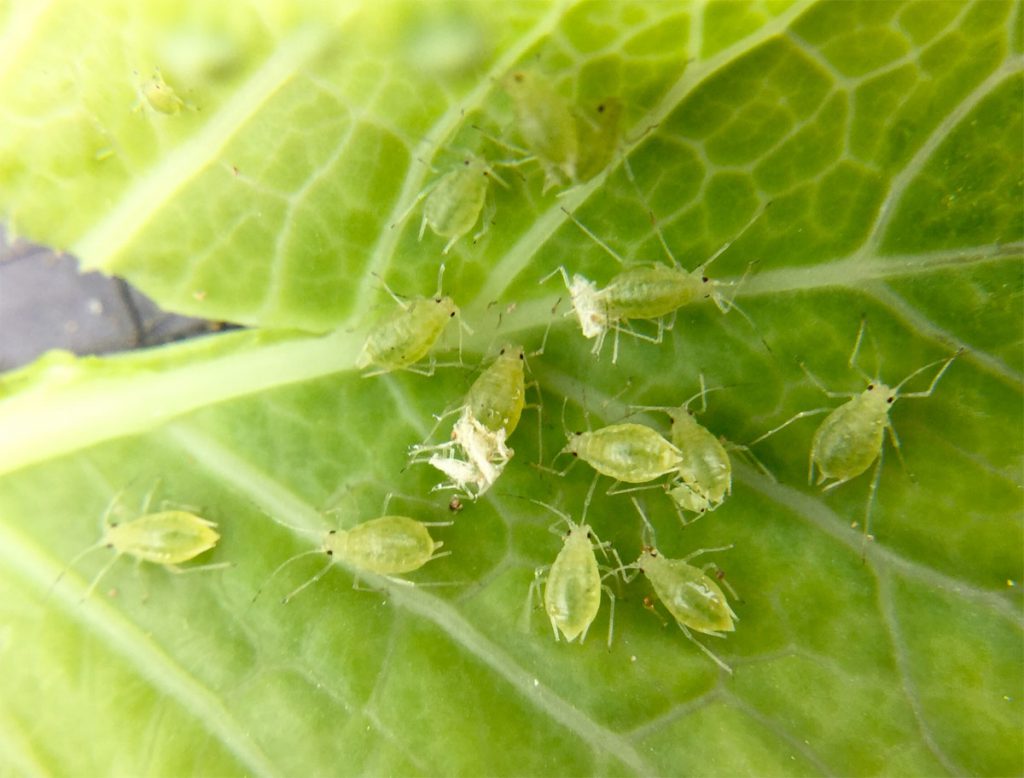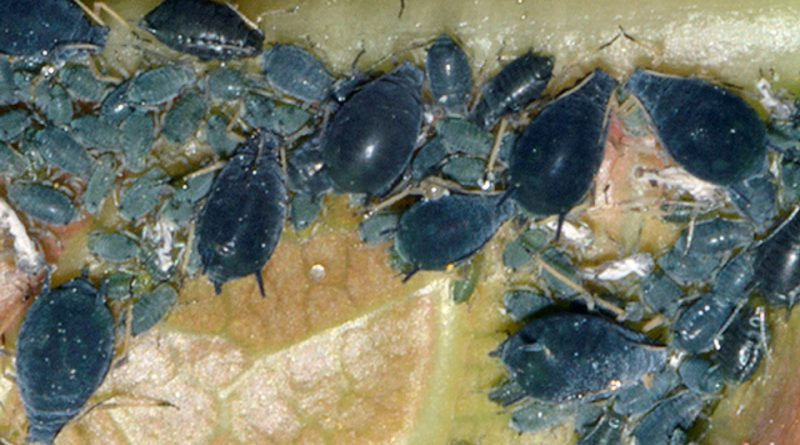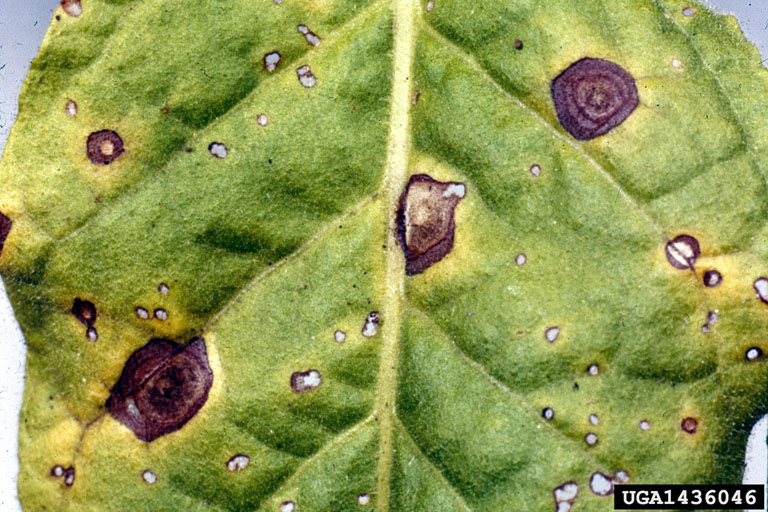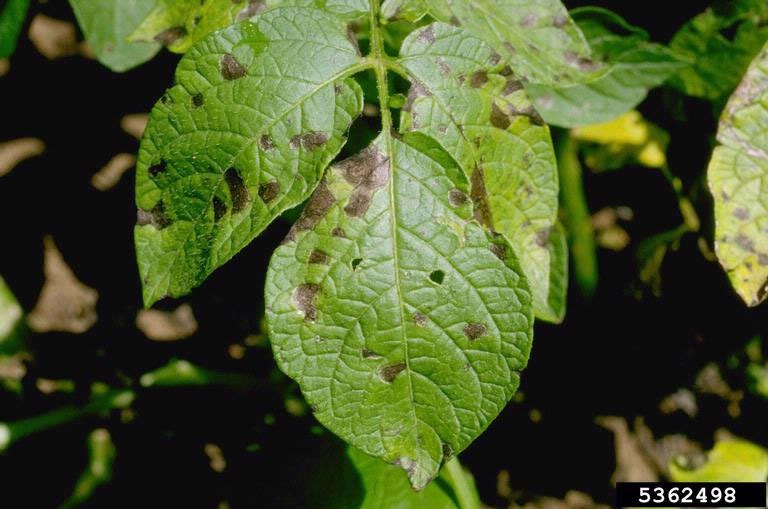Citrus trees fertilization (orange, lemon, tangerine). Symptoms of deficiencies and treatment
Information from experts on fertilizing citrus trees (orange, lemon, tangerine trees). The A.S.E.E. Amyklon “LACONIA” of Sparta in Greece. Their products are well known and we can find them everywhere! The A.S.E.E. Amyklon “LACONIA” since 1965 is a dynamic presence in the production of fresh citrus fruits, juices and by-products. It has privately owned facilities […]



